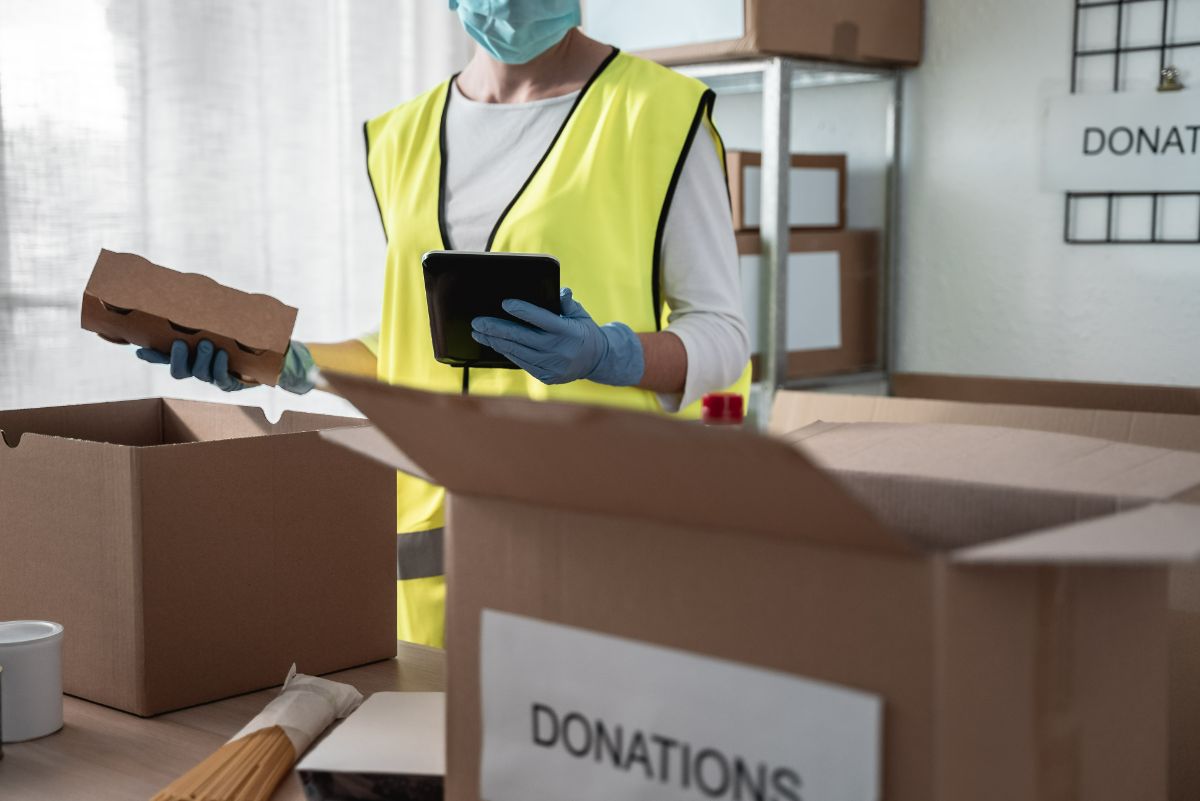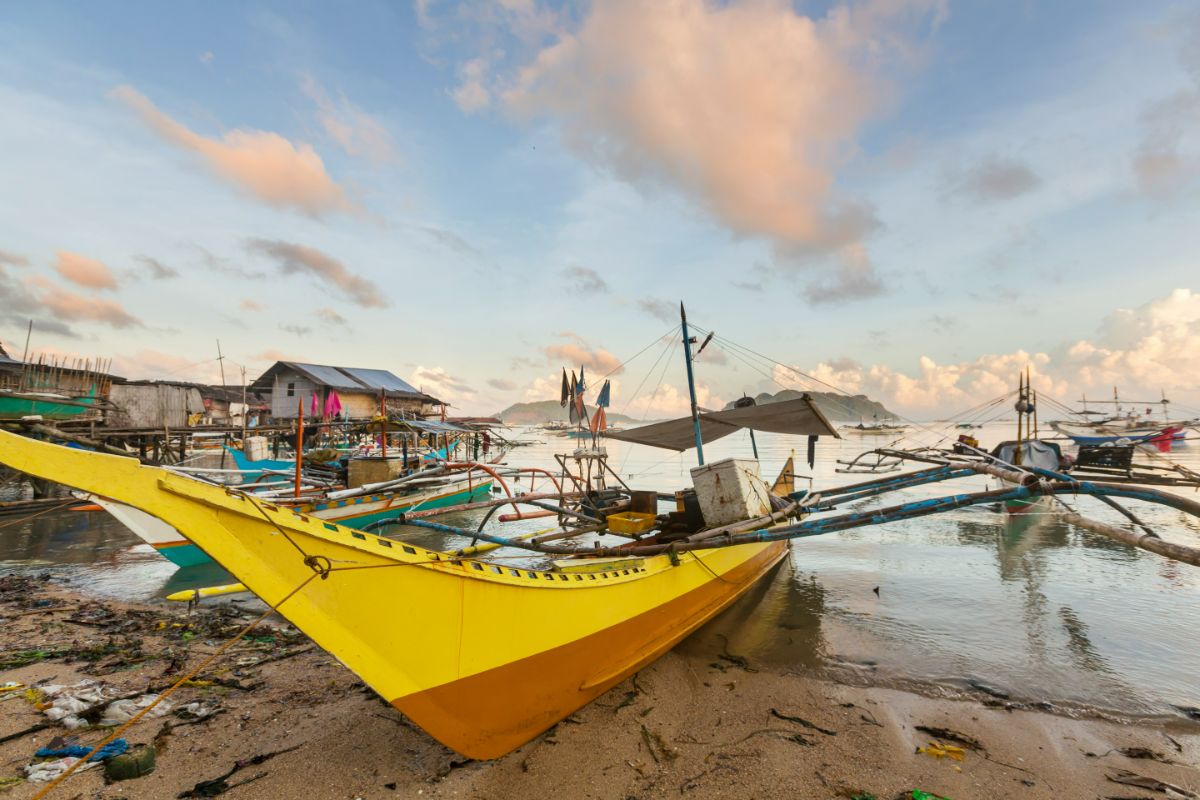
For communities to survive and prosper, we need cities that are safe, affordable, and resilient to change. We need innovative, intelligent urban planning that sustains and allows current and future generations to thrive. Therefore, the way forward is to establish sustainable communities.
Even the United Nations has underscored the importance of these communities in their 17 Sustainable Development Goals to improve the quality of life for people and the planet. But why are sustainable communities so important?
With every generation, the world experiences continued overpopulation and rapid urban growth. In every country, more and more people migrate from provinces, shores, and farmlands to cities and metropolitans, giving us reason to believe that this trend will not stop in the decades to come. With these rapid changes comes the responsibility to accommodate citizens in sustainable cities.
Modern and technologically-adept cities are not enough. What else does it take for a community to be considered sustainable?
When we use the term “sustainable community,” we are referring to a population that can stay afloat or even thrive while relying solely on its human resources, natural resources, and financial capital. While this sounds fairly simple, there are quite a lot of factors that come into play when establishing a sustainable community.
A thriving community does not despair over housing and accommodations. People in this community do not need to wonder where they will sleep at night, or if they can have three meals a day. Because their needs are met, they can go beyond the physiological and structural needs of food, water, and shelter, and can instead think of improving themselves, their work, or their craft.

In addition to being structurally sound and financially capable of reacting to disastrous situations, a sustainable city has contingency plans in place for when the unplanned or unexpected occurs.
For example, in the event of a global pandemic, the city knows how to prioritize its healthcare system in a way that will not fatally compromise its economy. Should natural disasters like storms or earthquakes happen, the city is well-prepared and knows what to do to minimize the damage. Therefore, these and other disasters are not merely avoided but rather dealt with through safe, economical, and effective ways that prioritize the good of all.
Sustainable communities are often melting pots of different cultures because people tend to flock to where they can thrive. The community leverages every person’s traditions and heritage to build a culture that is diverse, open, and always eager to embrace rather than discriminate.
This act of embracing diversity goes beyond simply accepting people of other cultures into the city’s territory; it also includes the protection of natural and cultural heritage, access to safe and inclusive green and public spaces, the inclusion and participation of natives in human settlement planning and management, and the support for positive economic, social, and environmental links among urban, peri-urban, and rural areas.

The Philippines has a population of about 102 million, and within this number, 27 million people live below the poverty line, marking both overpopulation and poverty as major issues in the Philippine landscape.
There is inequality in both urban and rural areas, characterized by discrimination against people of certain genders, educational attainments, and social classes. Many families do not have or own homes to live in, cannot eat three meals a day, and have no access to quality education.
Having sustainable communities in the Philippines would greatly reduce the issues we are currently facing today, from poverty to inequality to the lack of resources and nonfulfillment of needs.
Over a century ago, the Aboitiz Group committed to fostering inclusive development and giving back to our host communities. Today, that legacy continues as we strive to develop sustainable communities through the Aboitiz Group and its life-essential business aims.
Aboitiz InfraCapital pursues infrastructure projects that are resilient and sustainable, besides being able to address the ever-evolving needs of Filipinos. AboitizLand develops residential spaces for culturally diverse and distinctive communities. AboitizPower generates energy that supports the economic development of cities and communities. Among other pursuits, these three branches of the Aboitiz Group are spearheading our move toward establishing sustainable communities in the Philippines.
You can read more about our sustainable community efforts in our annual reports.
The growth of urbanized communities calls us to optimize populations for sustainability. In this article, we discussed what makes a community sustainable, why these communities are important, and how the Aboitiz Foundation contributes to this shared humanitarian goal.
As pioneers and players in the field of sustainability, we encourage everyone to take up the mantle of being a steward for sustainable development. Whatever your role in society may be, we believe that you are crucial in ensuring a better and brighter future for all—be it your community, the Philippines, or the world.